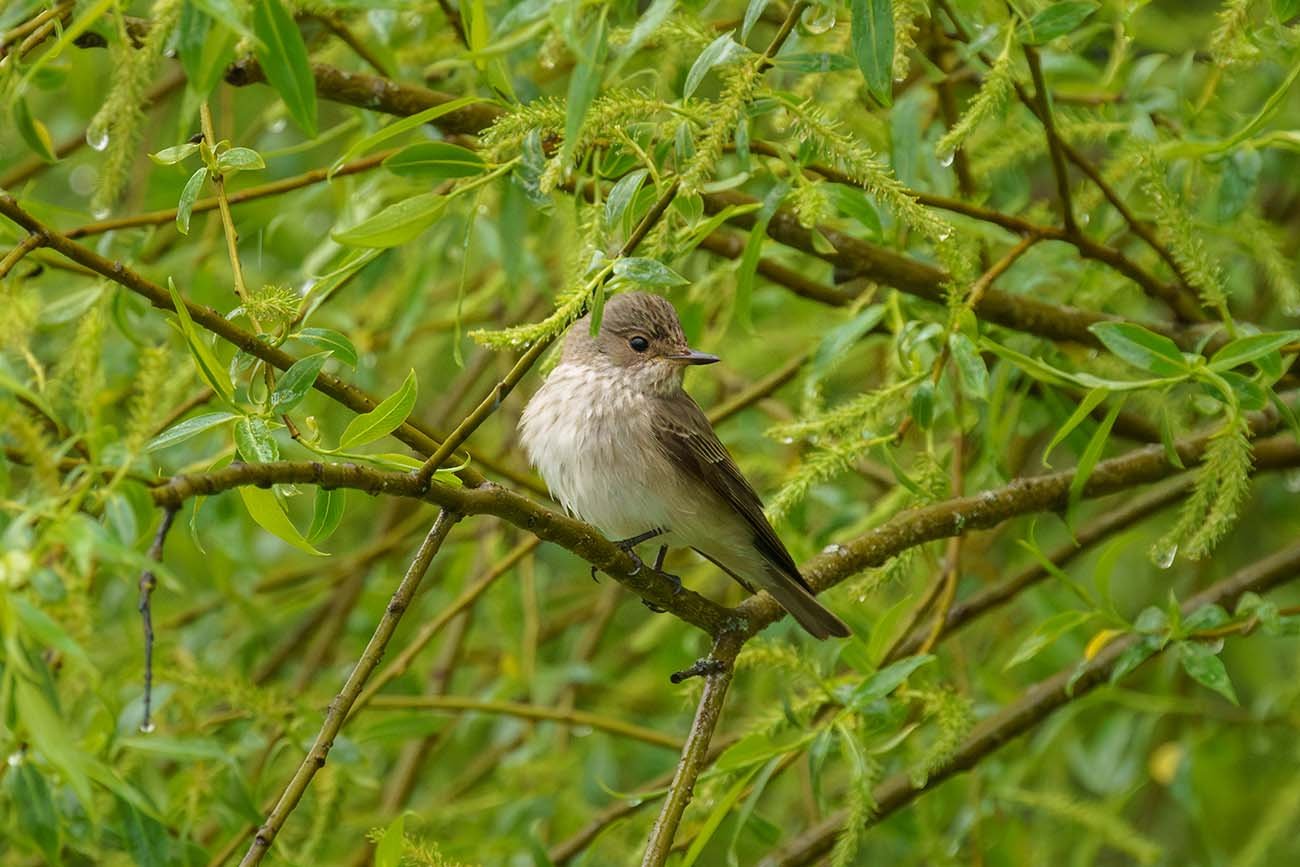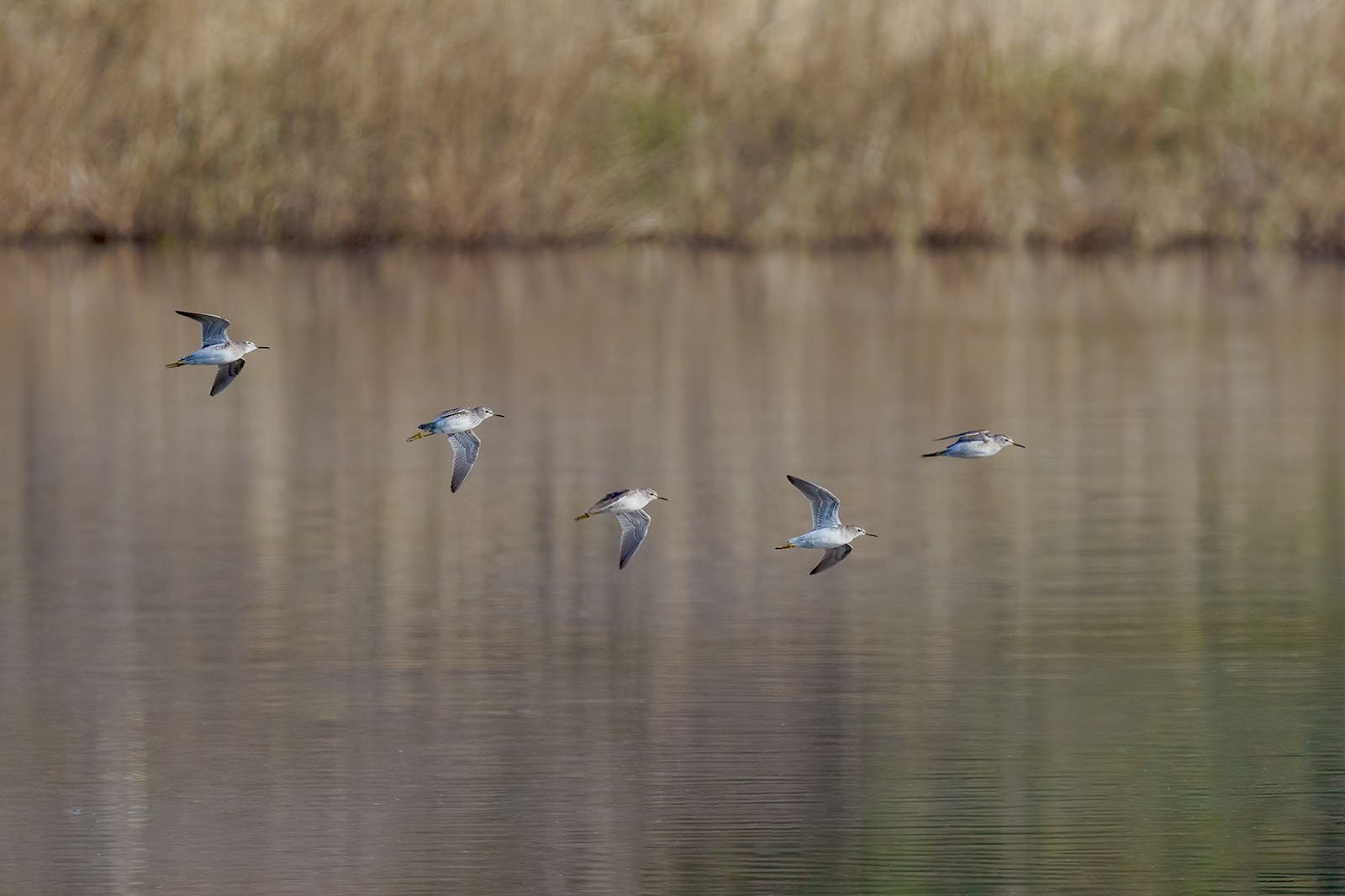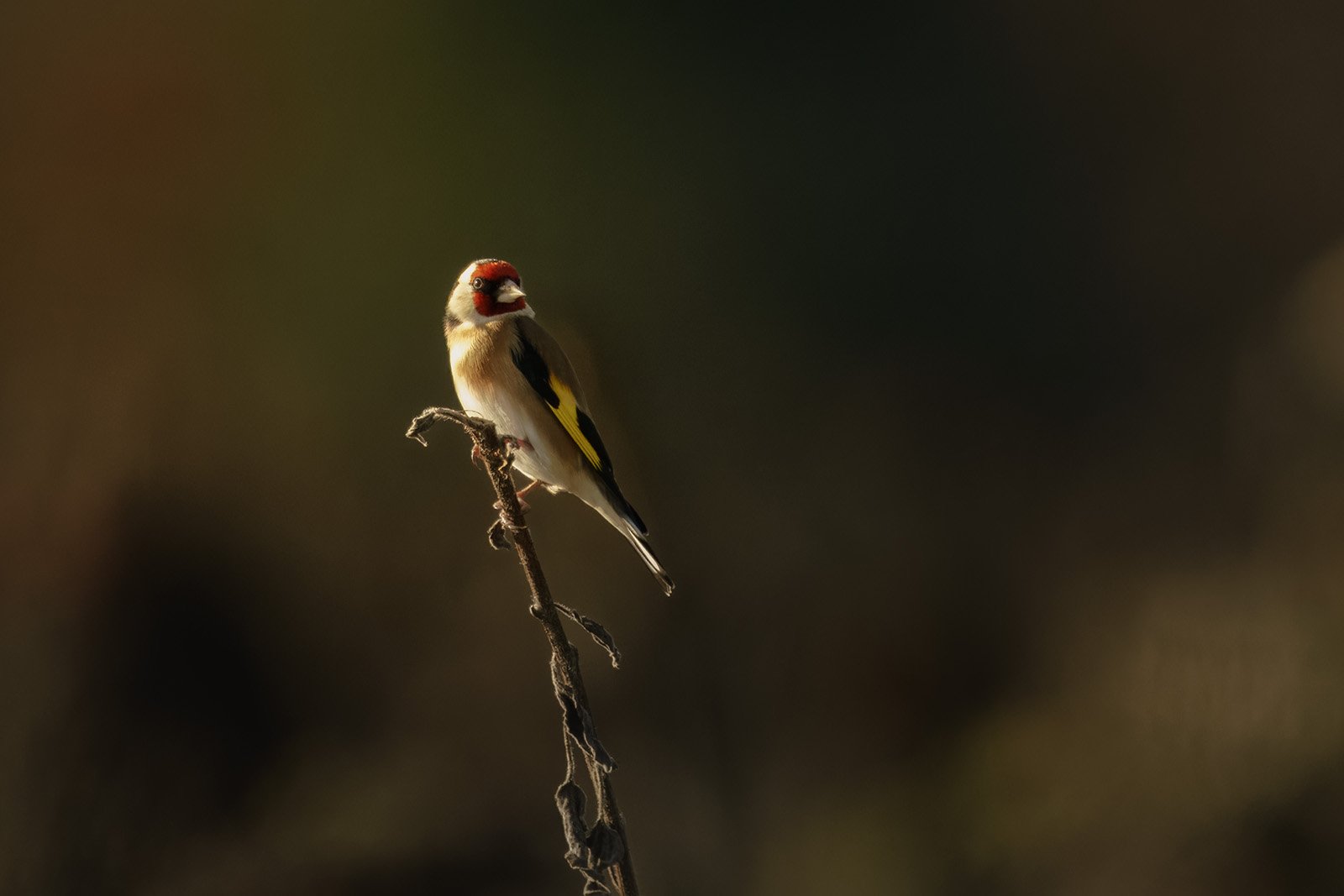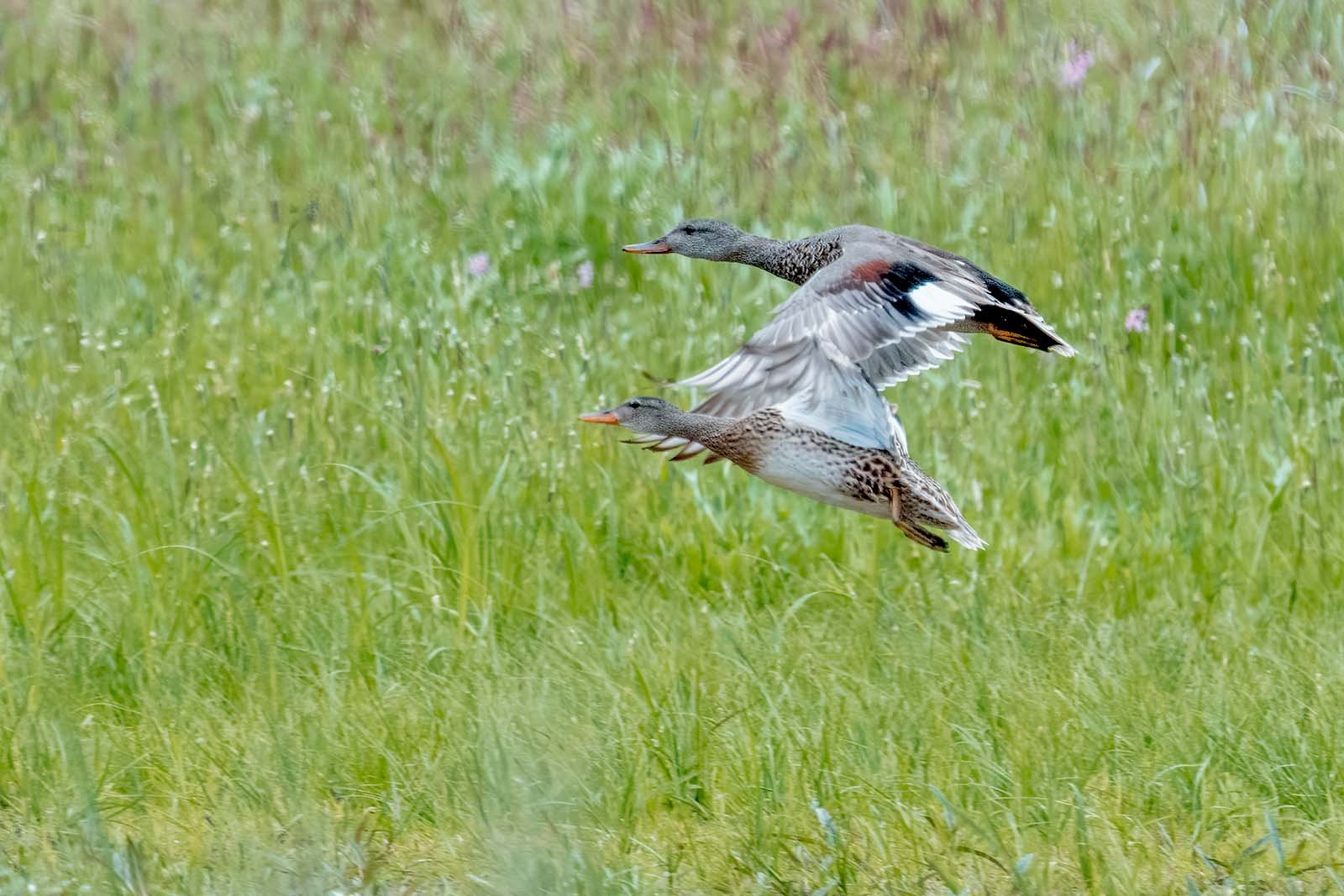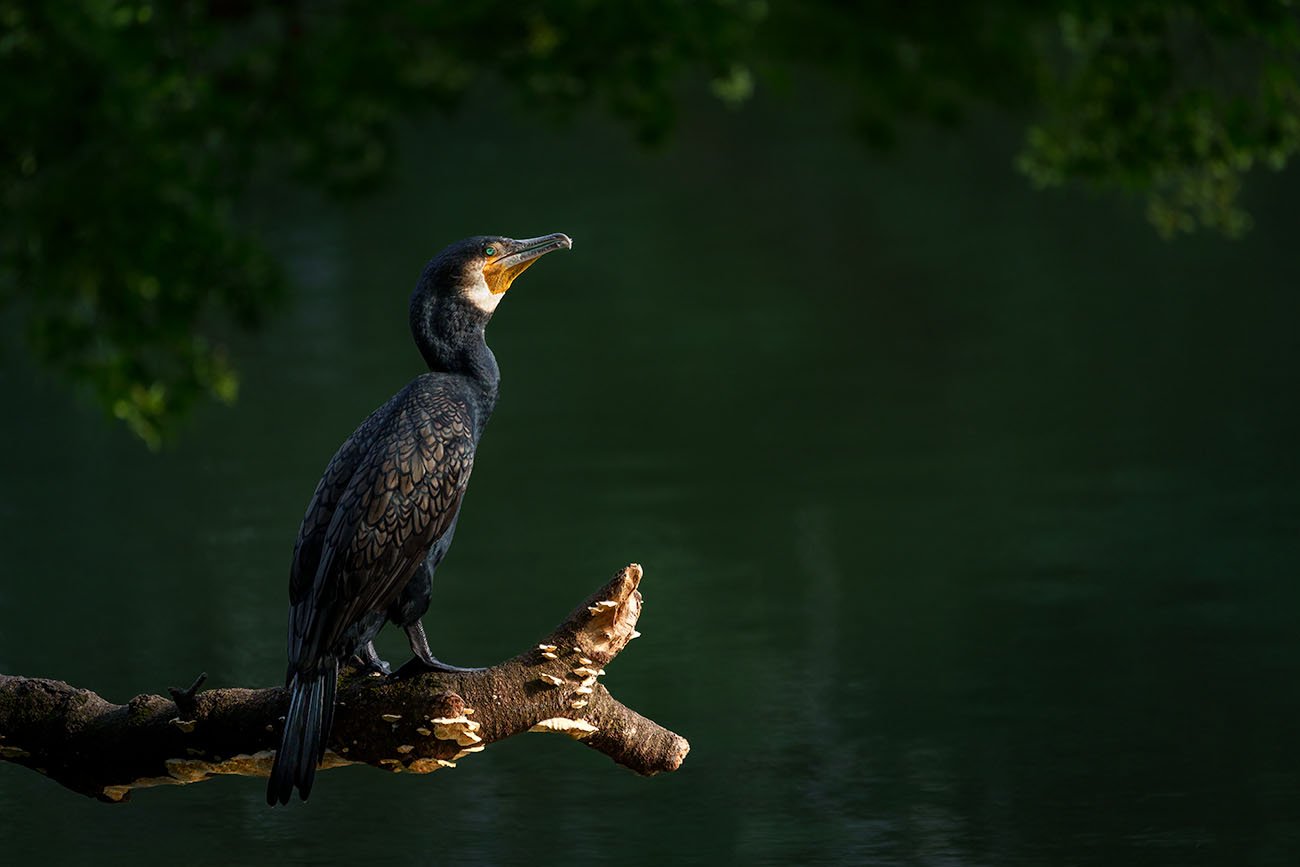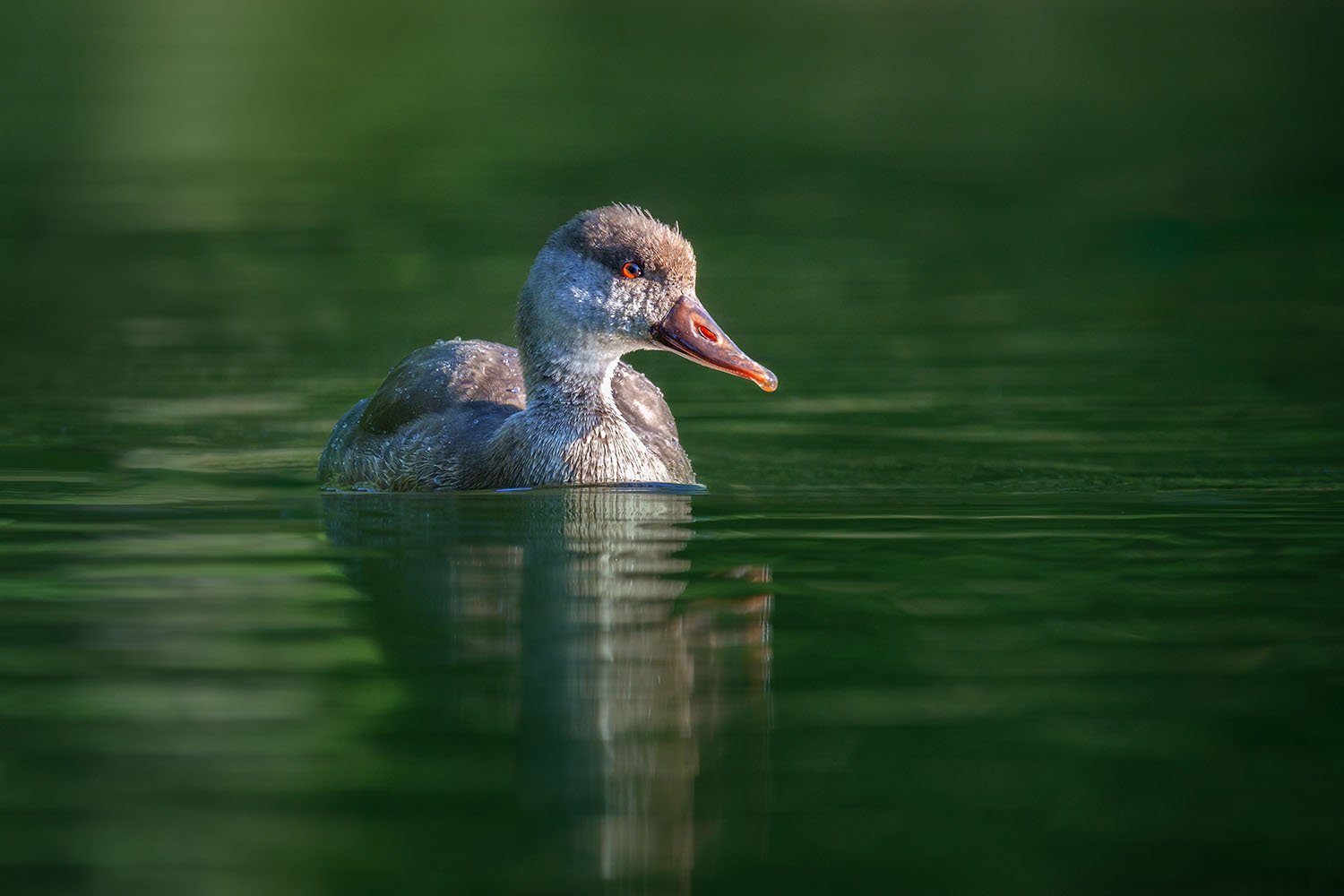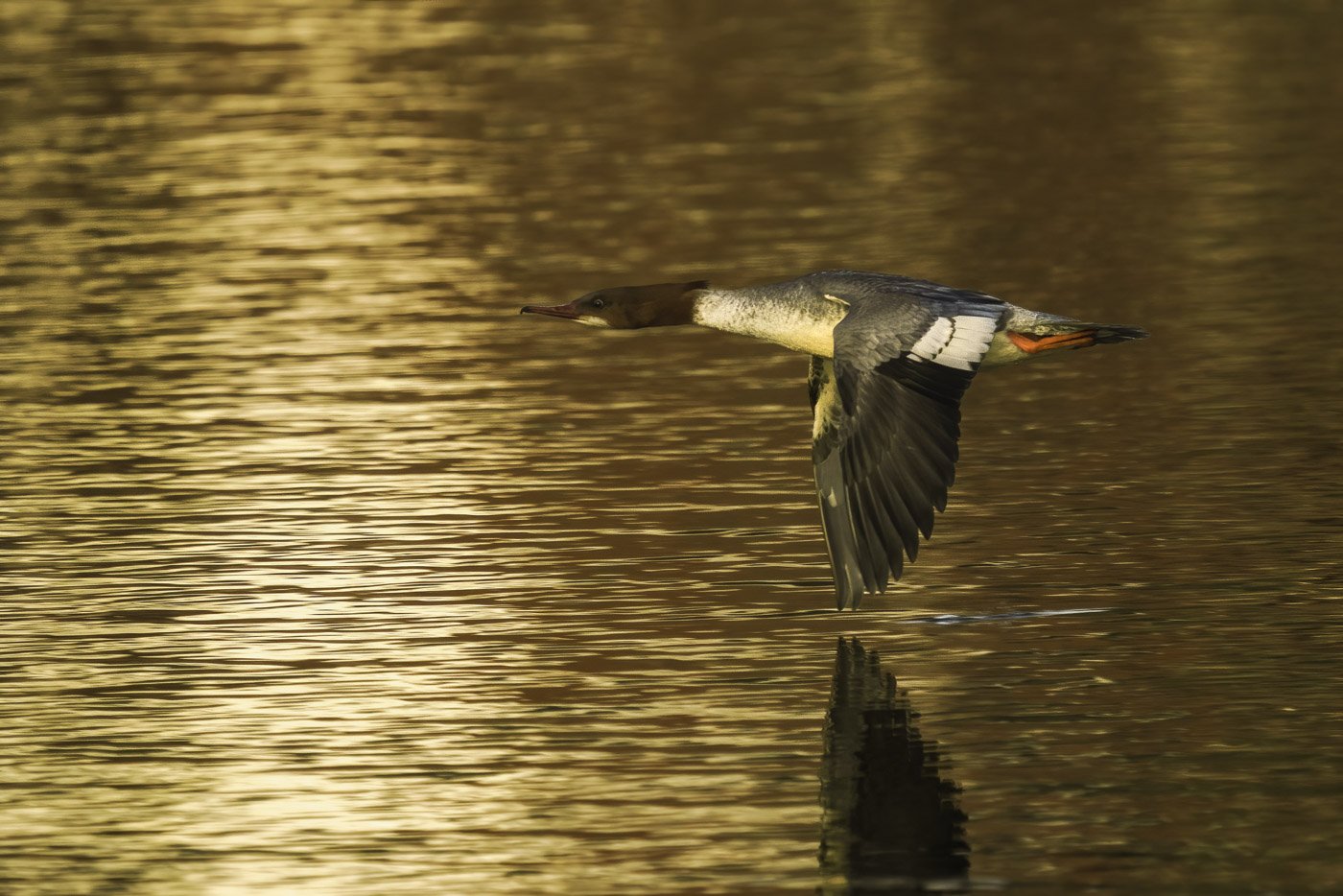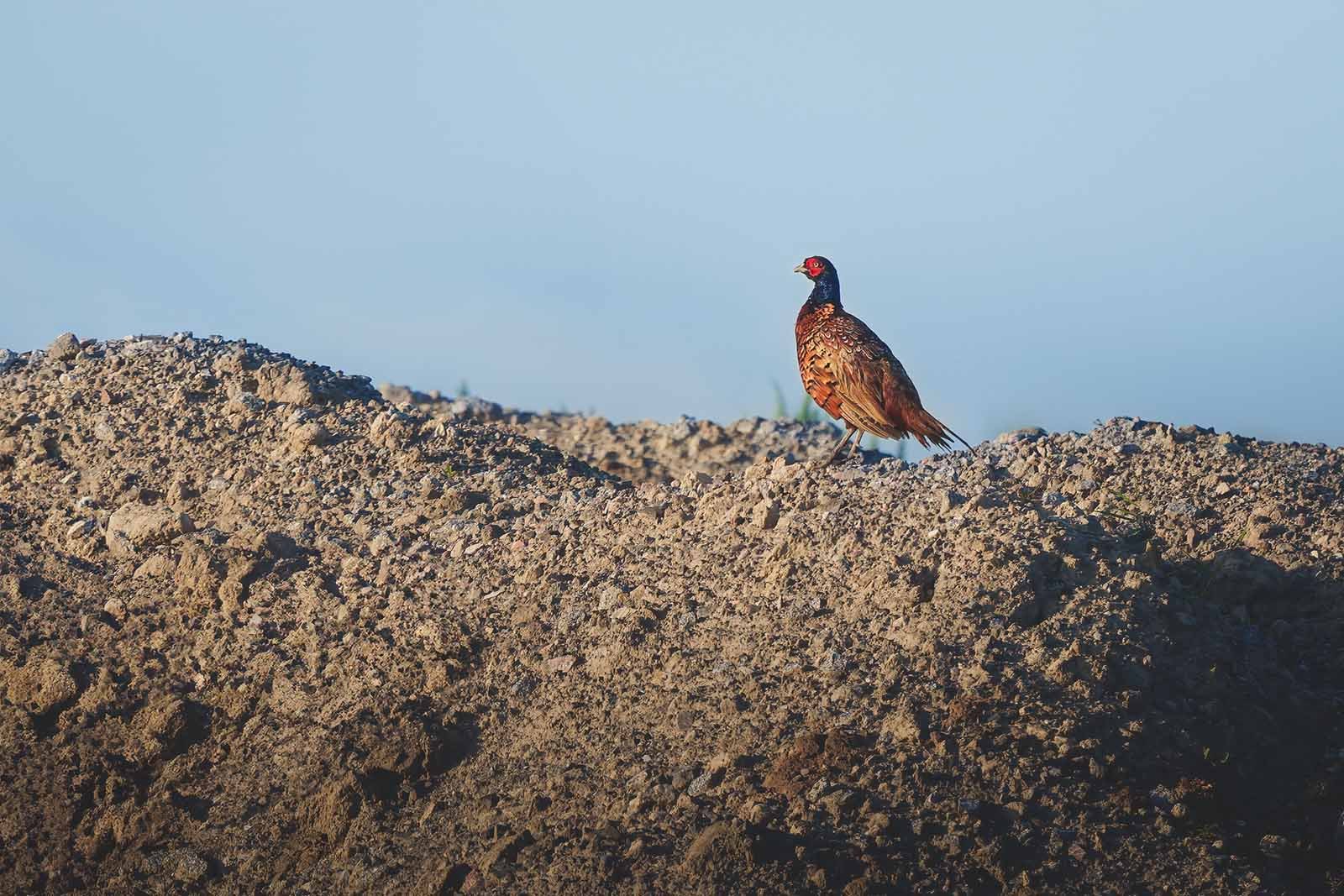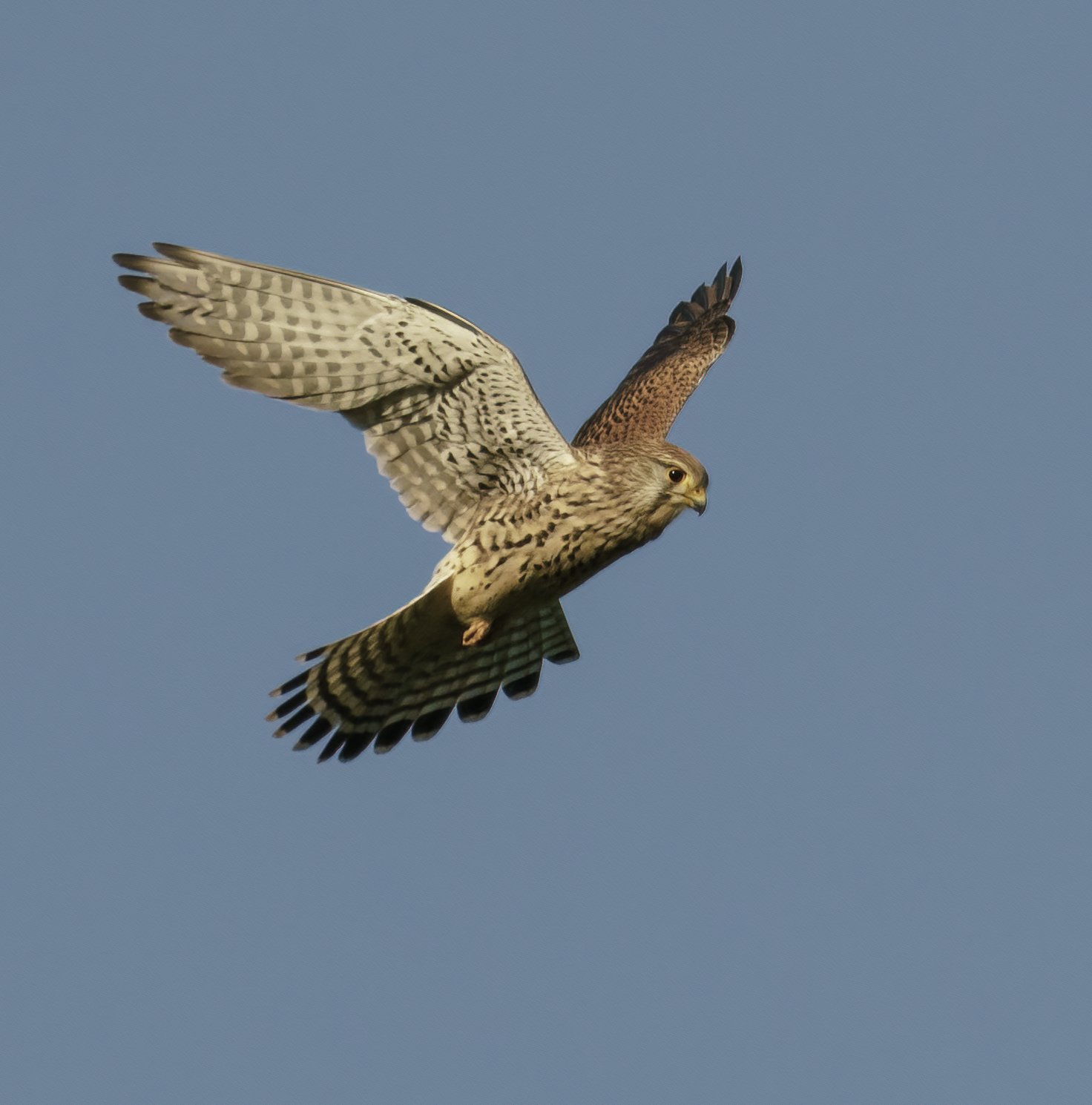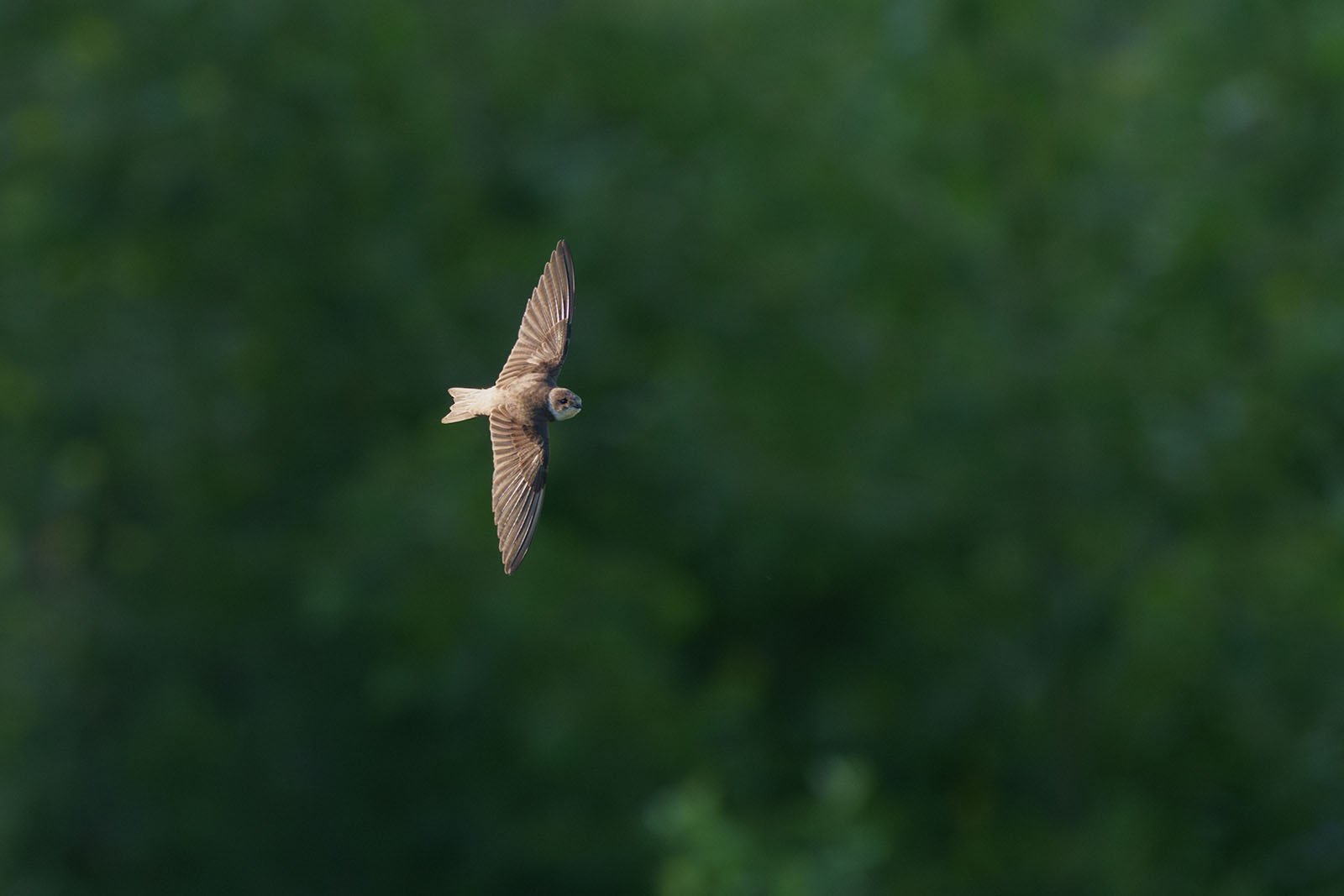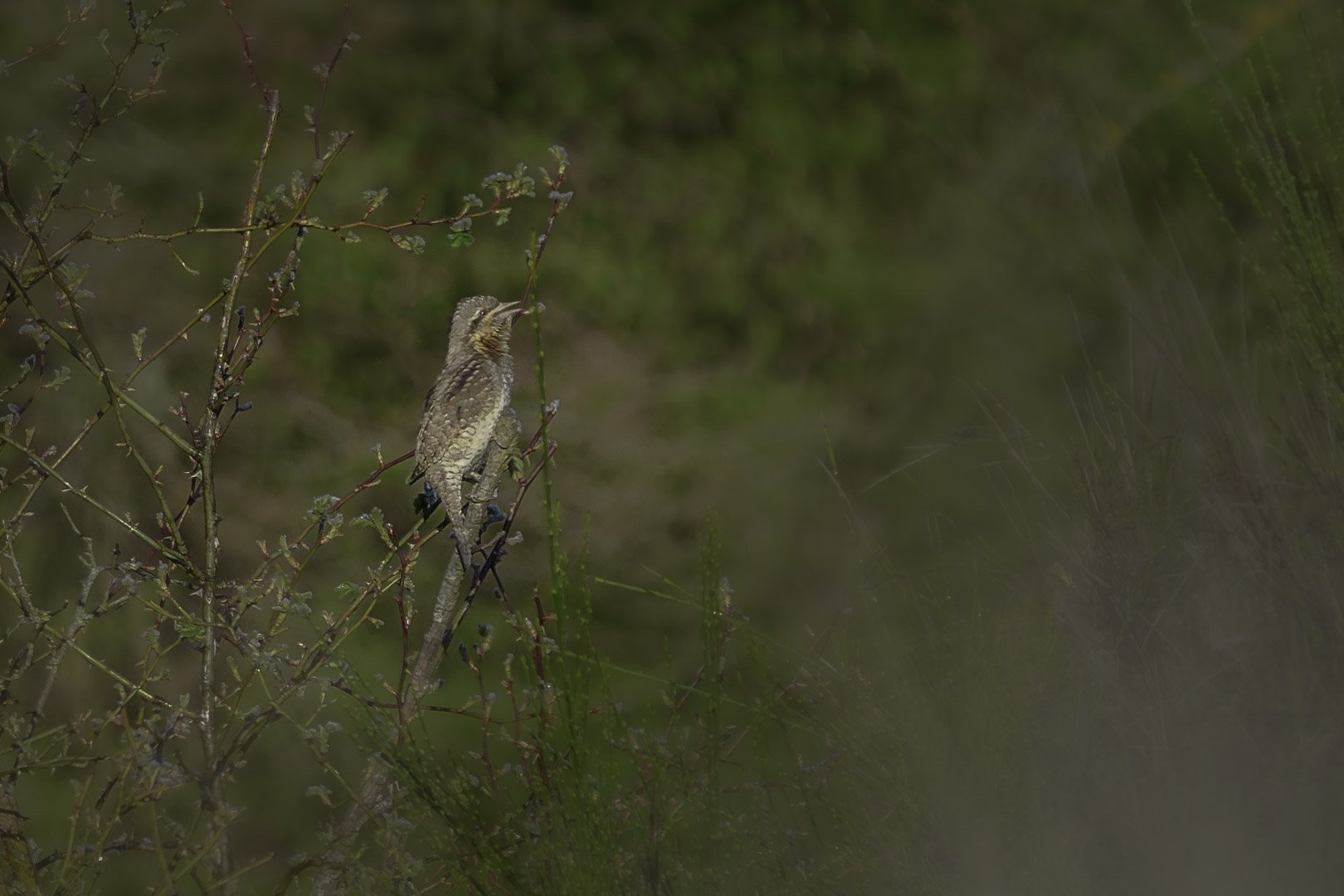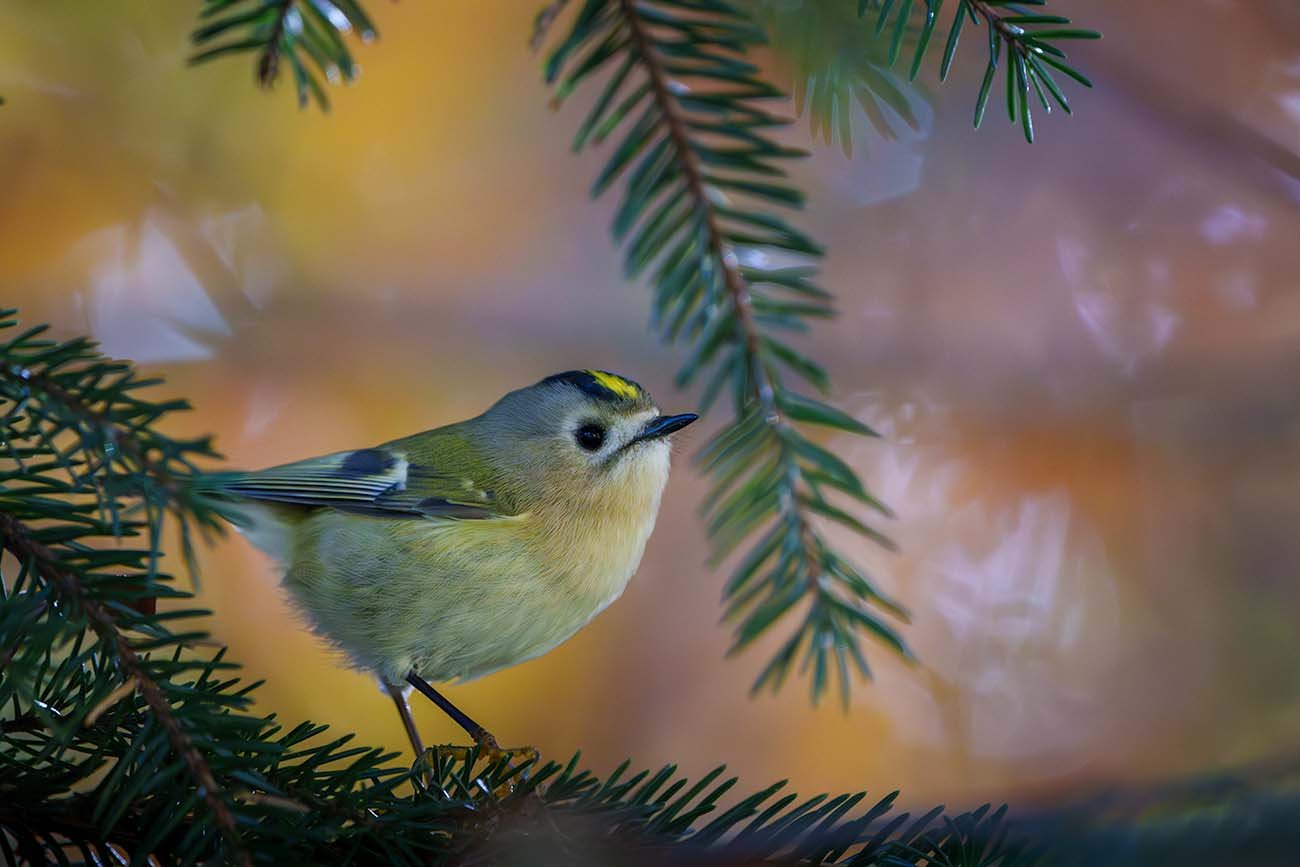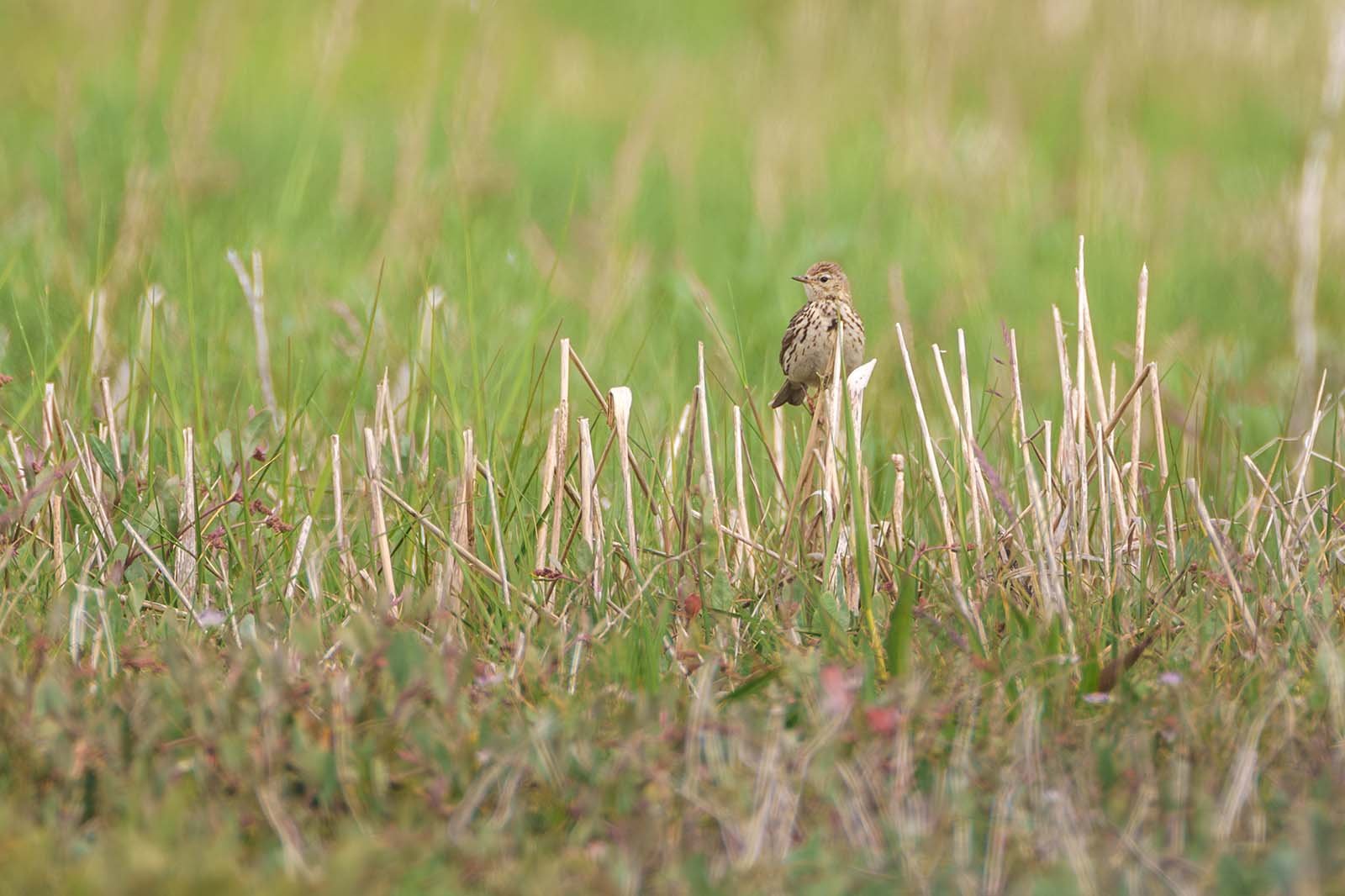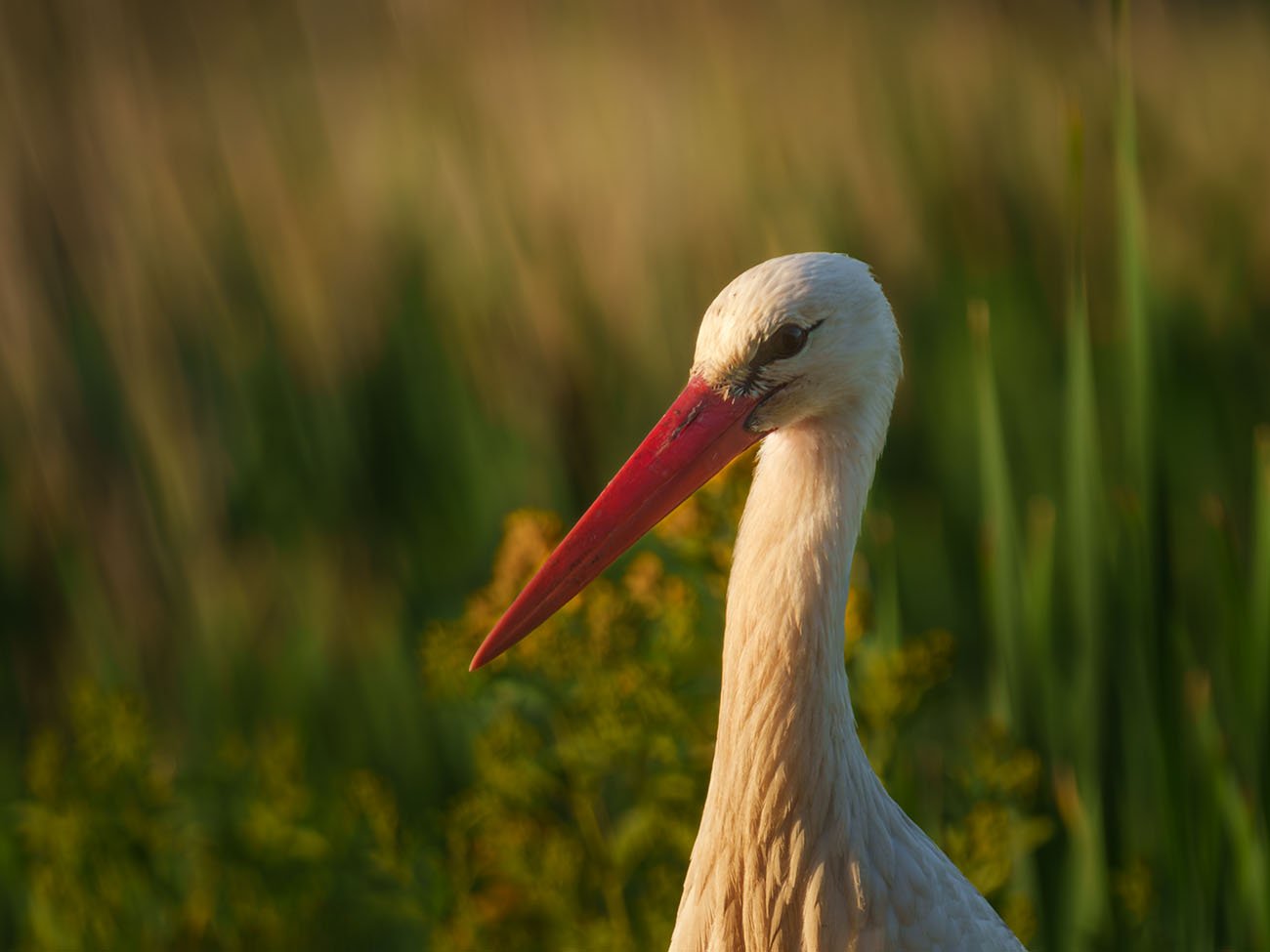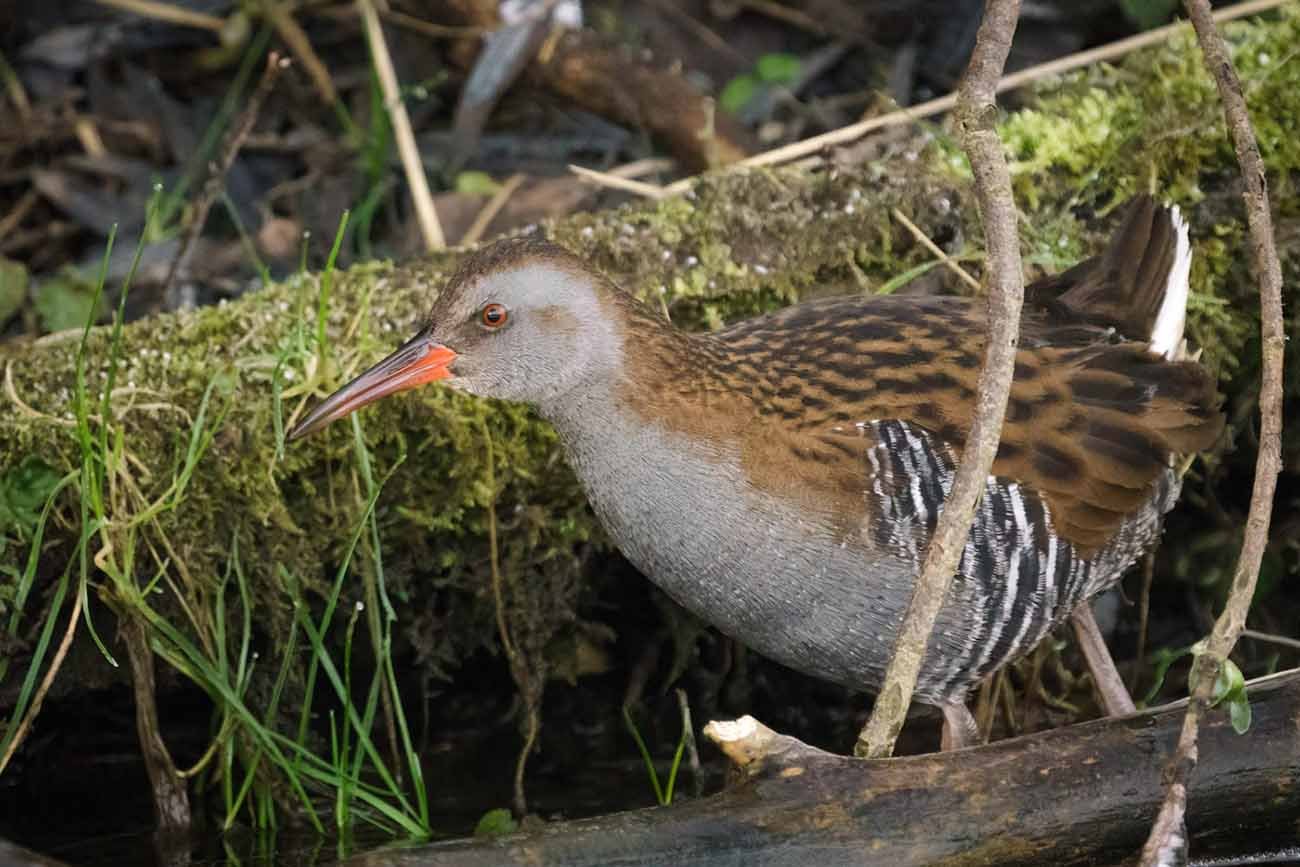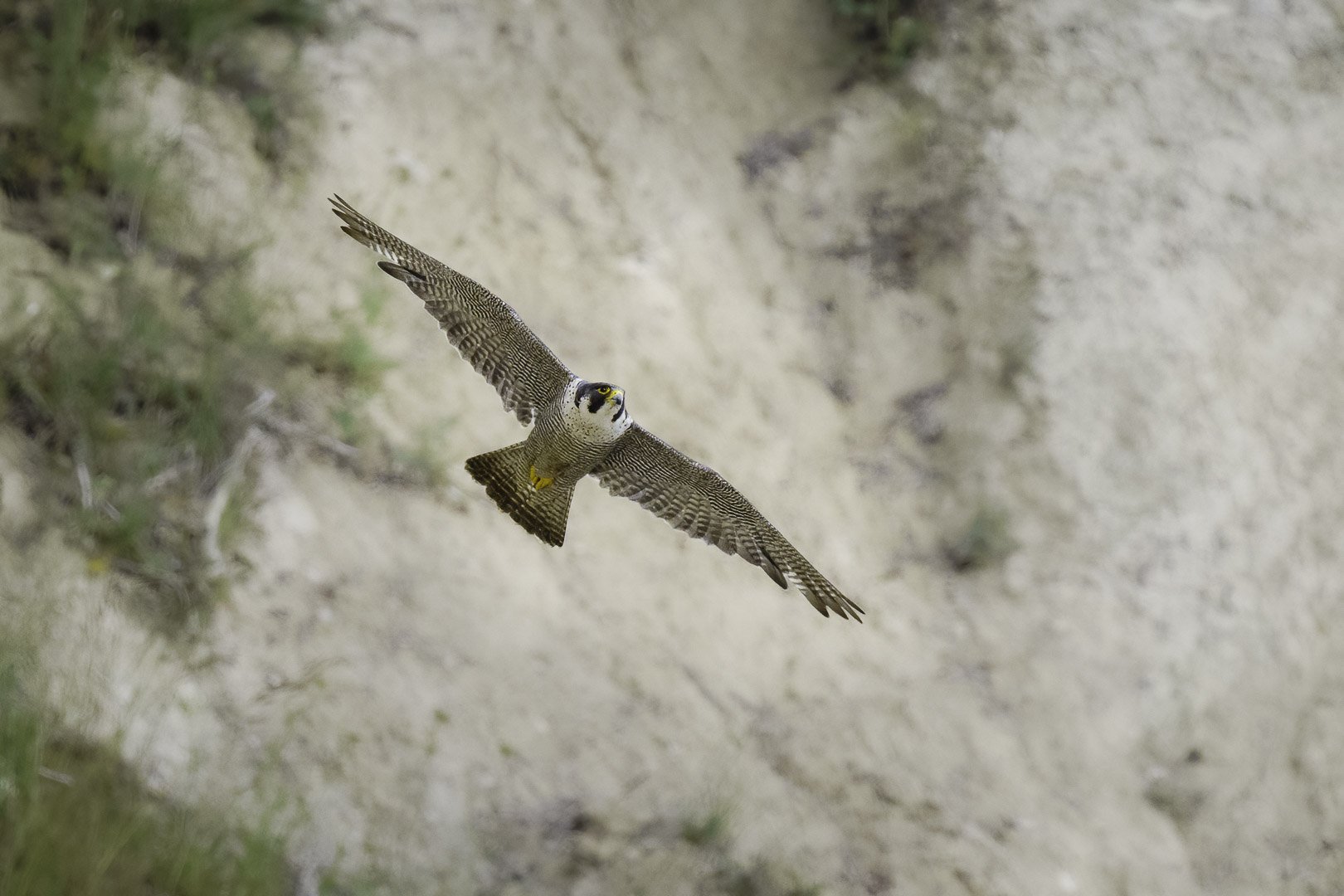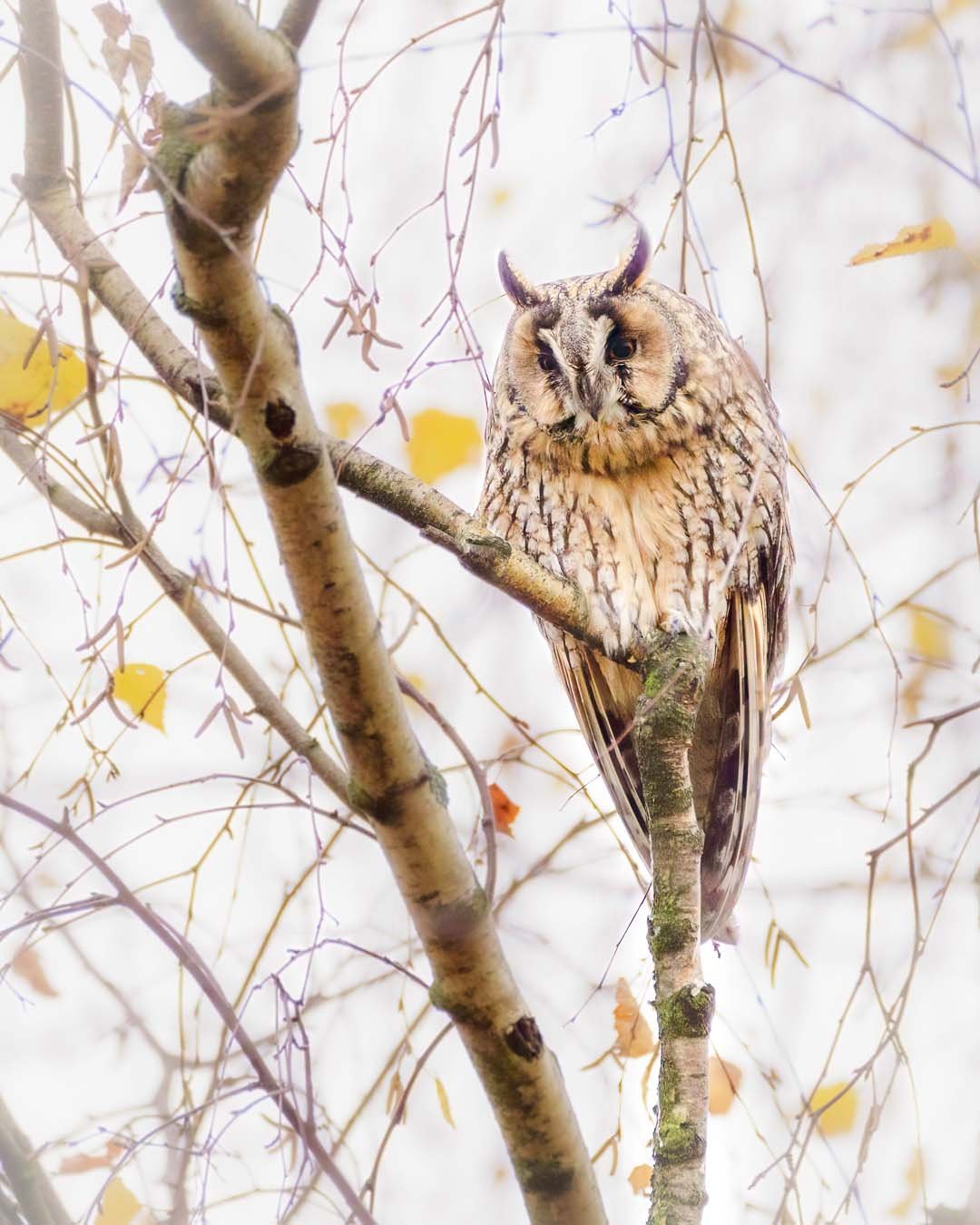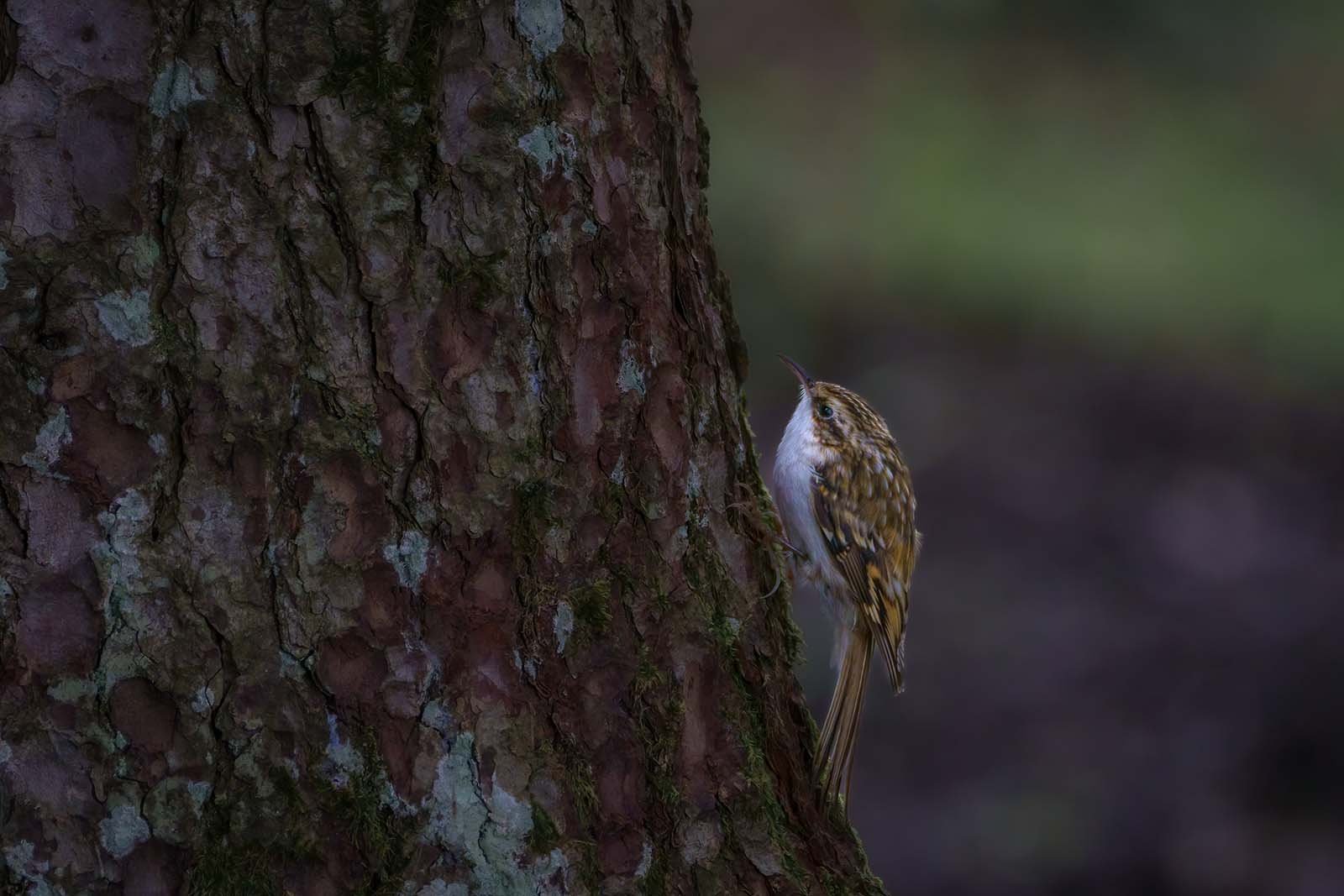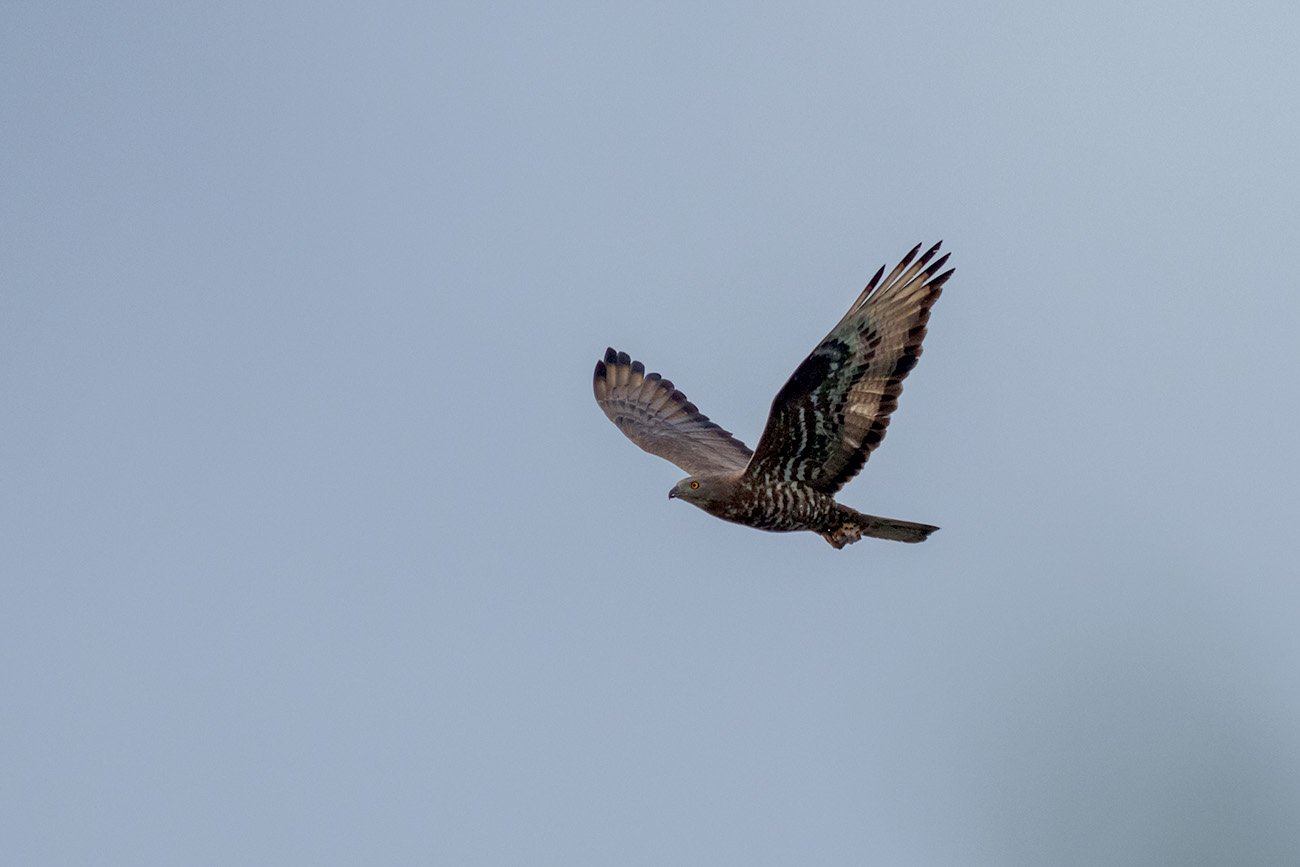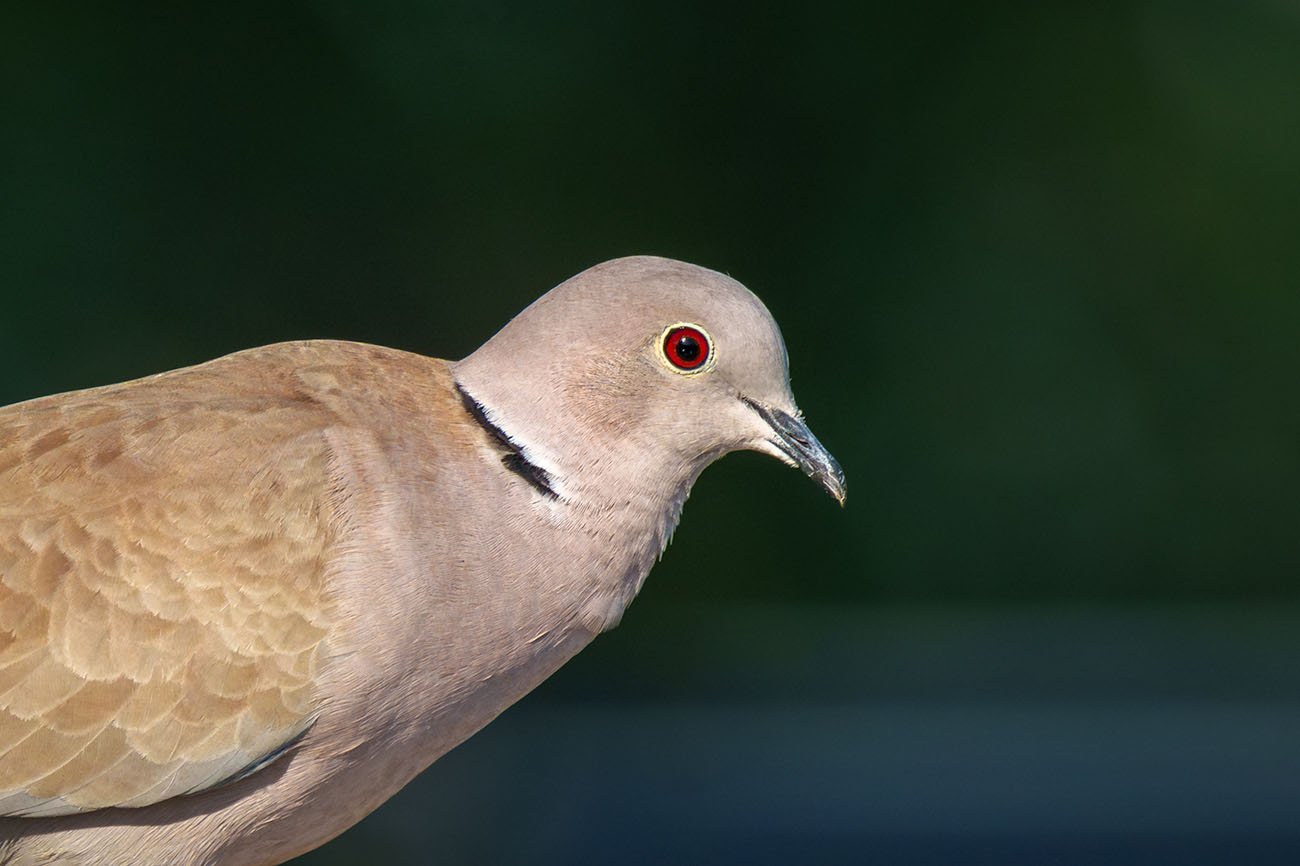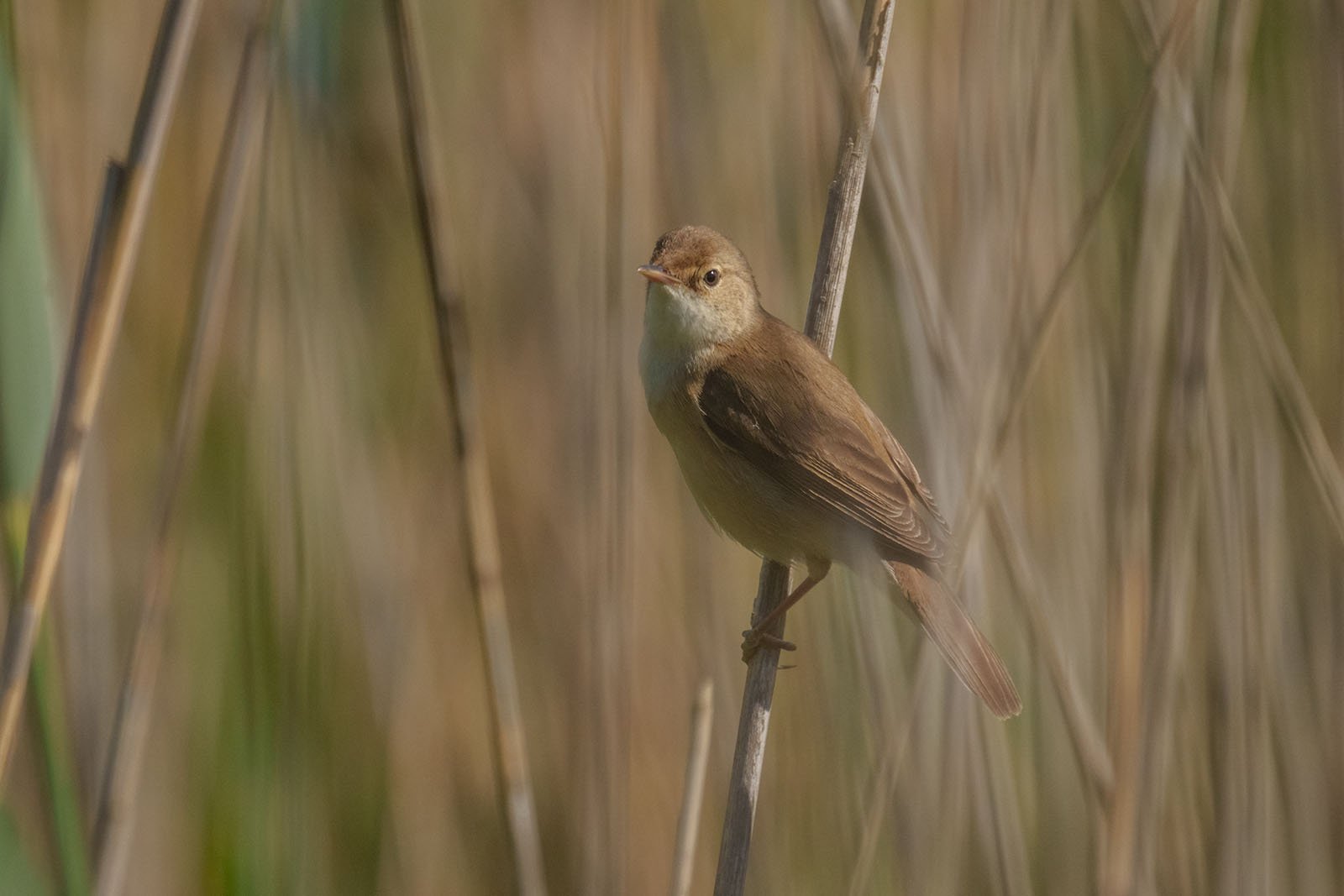Eurasian skylark (Alauda arvensis)
Eurasian skylark (Alauda arvensis) over rapeseed field
Key Facts:
- Size: 16–18 cm
- Characteristics: Camouflaged plumage, often with a small crest
- Habitat: Open landscapes, fields, and meadows
- Breeding: Nest hidden close to the ground under grass tufts
- Diet: Insects and plant seeds
The Skylark (Alauda arvensis) – A Songbird of the Open Fields
Table of Contents
- Introduction: The Skylark – Master of the Singing Flight
- Identification: How to Recognize the Skylark
- Habitat and Range: Where the Skylark Lives
- Behavior and Song: A Musical Spectacle in the Air
- Breeding: Nesting on the Ground
- FAQ: Common Questions About the Skylark
- Shortlist – Color Features
1. Introduction: The Skylark – Master of the Singing Flight
The skylark is a remarkable songbird known for its tireless singing, often heard high in the sky. It prefers open landscapes like fields and meadows, where its camouflaged plumage blends perfectly with its surroundings. Unfortunately, the skylark is now threatened by the loss of such habitats.
2. Identification: How to Recognize the Skylark
The skylark is a medium-sized bird, about 16 to 18 cm long. Its plumage is designed to provide excellent camouflage:
- Feathers: The upper parts are brown with dark brown streaks, making the skylark nearly invisible in fields and meadows. The underside is lighter, ranging from creamy to whitish, with faint streaks. The skylark often has a small crest on its head that it can raise when excited. In flight, its broad wings show a thin white edge, and the tail has white outer feathers, which are key identification features.
- Beak: The beak is short, pointed, and light brown, perfect for feeding on seeds and small insects.
- Eyes: The dark eyes are framed by a faint, light eye stripe, giving the bird an alert and watchful expression.
- Feet: The legs are brownish with a long, straight hind toe, which is characteristic of the skylark and important for moving on the ground.
3. Habitat and Range: Where the Skylark Lives
The skylark thrives in wide, open landscapes. It prefers fields, meadows, and other flat areas where it can nest and find food easily. Due to the loss of these habitats, its numbers have declined in many regions. However, you can still spot it in agricultural areas and natural meadows.
4. Behavior and Song: A Musical Spectacle in the Air
One of the skylark’s most distinctive behaviors is its impressive singing flight. The male ascends in spiraling movements, hovering in the sky for several minutes while continuously delivering its trilling, melodic notes. This song is used to mark territory and attract a mate. The hovering performance is a fascinating sight and sound, making the skylark an unforgettable resident of open landscapes.
5. Breeding: Nesting on the Ground
The skylark builds its nest well hidden close to the ground, usually under grass tufts or low plants. This camouflage protects the eggs from predators. The eggs are also well camouflaged, often speckled and colored to match the surroundings. The breeding season begins in spring, and the female lays three to five eggs, which are incubated for about two weeks. The chicks grow quickly and leave the nest shortly after hatching.
6. FAQ: Common Questions About the Skylark
1. Where is the best place to observe the skylark?
The skylark is best observed in open landscapes like fields and meadows. Its singing flights are most impressive in spring and summer.
2. What does the skylark mainly eat?
Its diet consists mainly of insects and plant seeds. In winter, it focuses more on seeds, while in summer, insects make up the majority of its diet.
3. How can you recognize the skylark’s song?
The skylark’s song is a long, melodic trill that is often heard high in the air while the bird hovers.
4. Where does the skylark build its nest?
The nest is built on the ground, well hidden under grass tufts or in low vegetation to protect it from predators.
5. How does the skylark protect itself from predators?
The skylark relies on its camouflage. Its brown, streaked plumage makes it nearly invisible in grass and fields.
7. Shortlist – Color Features
Feathers:
- Upper parts: Brown with dark brown streaks
- Underside: Creamy to whitish
- Head: Small crest that can be raised
Beak:
- Short, pointed, light brown
Eyes:
- Dark, highlighted by a light eye stripe
Feet:
- Brownish, with a long hind toe
The skylark is a fascinating bird that impresses with its melodic song and its special adaptation to life in open landscapes. Spotting a skylark, especially during its singing flights, is a highlight for any nature lover, particularly in the spring months.



